23 Classic Grocery Store Aisles That No Longer Exist
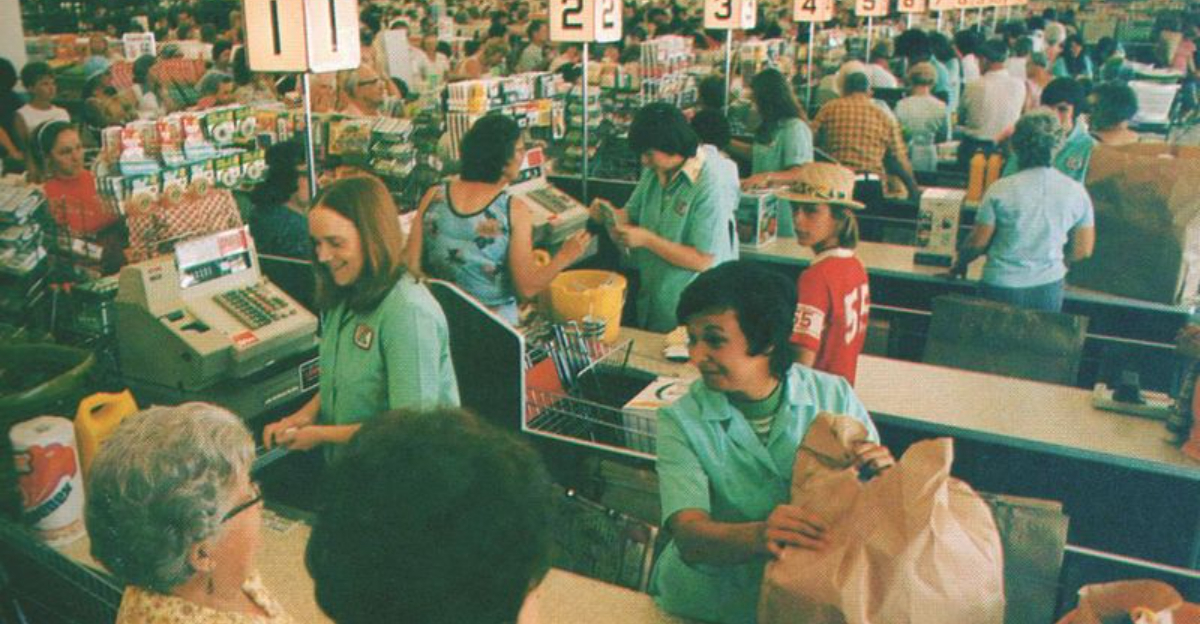
Remember the days when grocery shopping felt like an adventure through a maze of specialized aisles, each with its own charm and purpose? Back in the ’70s and ’80s, supermarkets were laid out in ways that today’s shoppers might find surprising—or even confusing.
I still vividly recall my mom taking me along on weekend trips, navigating narrow aisles lined with towering shelves and retro packaging. There were entire sections devoted to items we rarely see grouped together anymore—bulk bins filled with candy, freezer aisles stocked with TV dinners in foil trays, and dedicated rows for household gadgets or even sewing supplies.
Some stores even had in-house butchers who knew your name or a small video rental kiosk tucked in the corner. The smell of fresh bread from the in-store bakery, the clatter of price tag guns, and the hum of fluorescent lights made for a uniquely sensory experience.
Let’s take a nostalgic stroll through that grocery store time machine and revisit those long-lost aisles that once defined the way we shopped.
1. The Film Development Counter
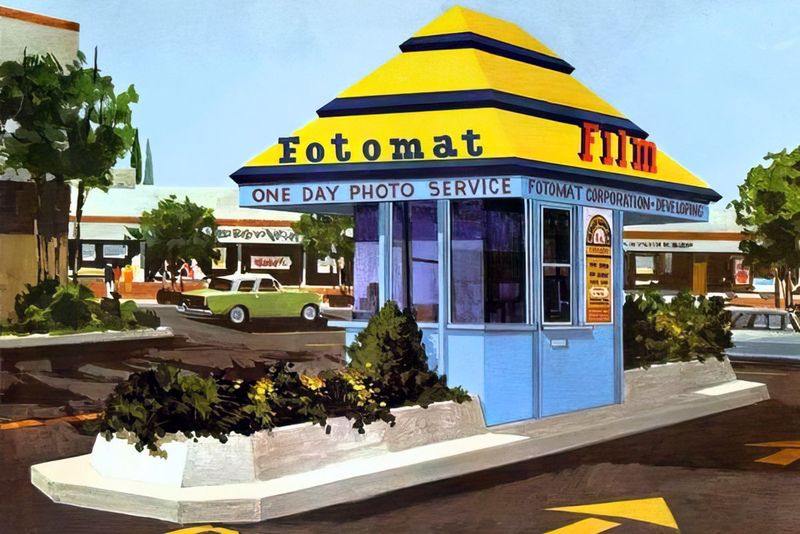
Nothing beat the anticipation of dropping off your vacation film rolls and returning days later to discover if you’d captured that perfect sunset. As a teenager, I’d anxiously wait to see if my amateur photography skills had improved since last time.
The film counter was always staffed by that one employee who knew everything about exposure settings and could tell you exactly why your birthday party shots came out blurry. Those little yellow Kodak envelopes held pure magic!
Most counters even offered those nifty disposable cameras for emergency photo situations. Today’s instant digital gratification can’t compare to the suspenseful wait and occasional disappointment when half your vacation photos featured your thumb.
2. The Video Rental Section
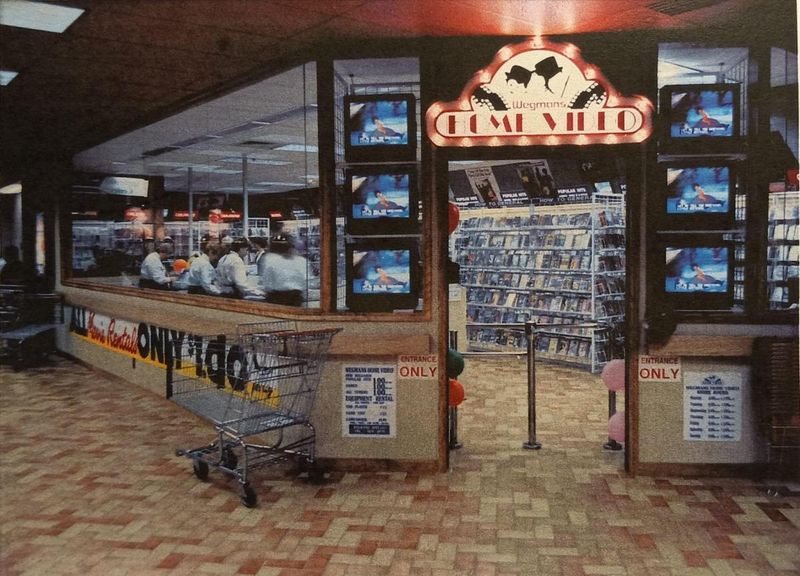
Friday nights meant one thing in my household: racing to grab the last copy of a new release before someone else snagged it. Those tall rotating racks packed with VHS tapes (later DVDs) were the highlight of any grocery trip.
Each plastic case contained a world of possibility—assuming the previous renter had actually rewound the tape. The sweet negotiation with parents over which movie to rent created life skills I still use in board meetings today.
Remember those laminated membership cards? Or the late fees that sometimes cost more than the movie itself? Streaming services might offer convenience, but they’ll never capture the victory of finding that one movie everyone at school was talking about.
3. The Cigarette Service Counter
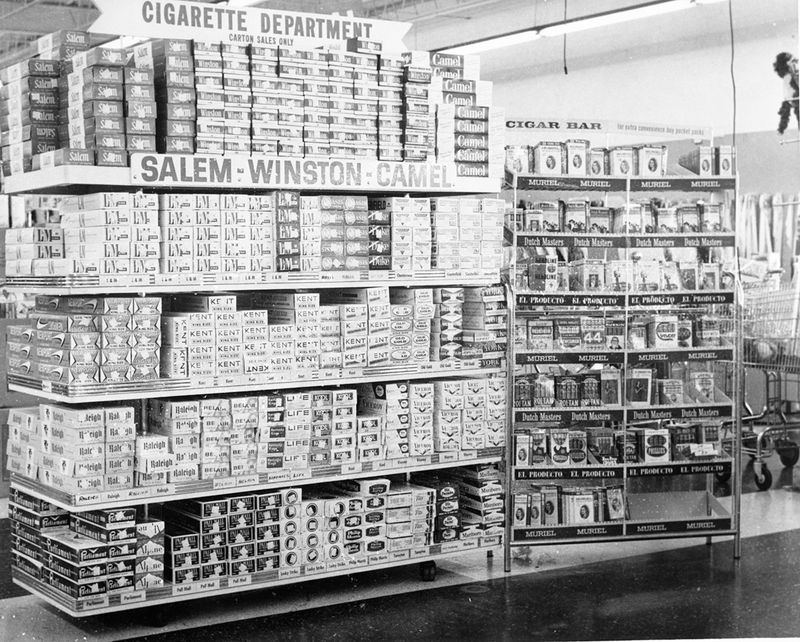
Locked glass cabinets filled with colorful cigarette packs once dominated prime real estate near every checkout lane. My grandmother would always ask for her brand with such specificity that I memorized it: “Salem Lights 100s in the box, please.”
These specialized counters featured sliding doors that only employees could access, creating an air of forbidden merchandise. Cartons stacked in neat pyramids displayed prices that seem ridiculously low by today’s standards.
Many counters also sold lottery tickets and had those little plastic lighters in every color imaginable. The cigarette counter’s disappearance reflects changing health attitudes, but for decades, it was as fundamental to grocery stores as bread aisles.
4. The Recipe Card Kiosk
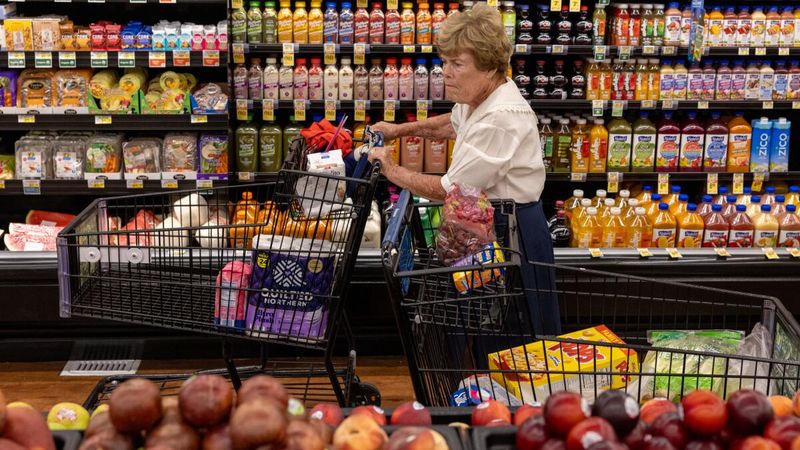
Long before Pinterest existed, recipe inspiration came from those spinning metal racks filled with colorful index cards. I’d spend ages flipping through categories while my mom shopped, dreaming of becoming a master chef with recipes like “7-Layer Taco Dip” or “Quick Pineapple Upside-Down Cake.”
Each card featured a mouthwatering photo on front and step-by-step instructions on back. The genius marketing ploy placed these kiosks strategically near ingredients featured in the recipes.
Some stores even had subscription services where you’d receive new cards monthly to add to your collection. My mom’s metal recipe box still contains dozens of these cards, food stains and all—tangible memories of meals shared that digital recipes can’t replicate.
5. The Penny Candy Section
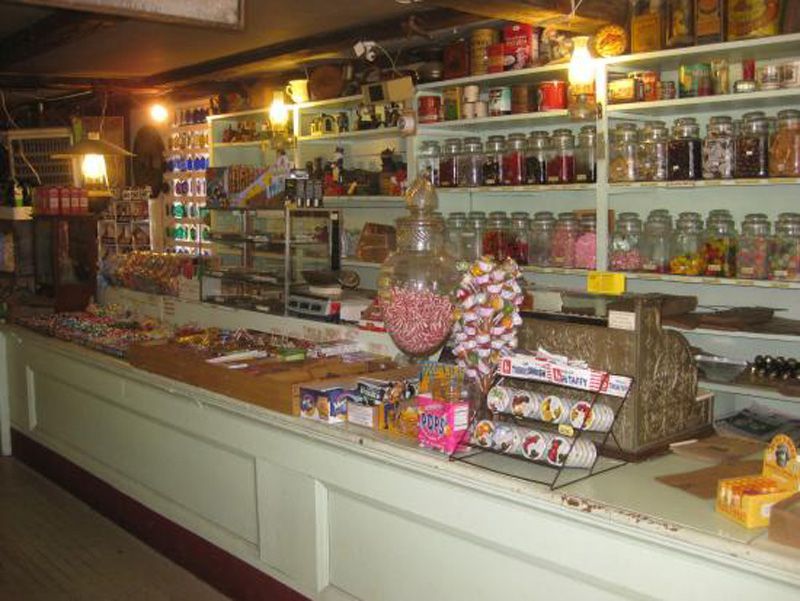
Heaven existed in grocery stores, and it was called the penny candy section. Glass cases displayed colorful sweets that could be purchased individually—actual penny candy that let kids like me feel wealthy with just a quarter in our pockets.
Armed with tiny paper bags, we’d point excitedly at candy buttons on paper strips, wax bottles filled with sugary liquid, and those flying saucer candies with tiny candy beads inside. The store clerk would patiently count out our selections with metal tongs.
My strategy was always to maximize quantity over quality. Why get one big candy bar when you could get twenty tiny candies instead? This magical section taught generations of children basic math skills disguised as the world’s most delicious economics lesson.
6. The Home Ec Supplies Aisle
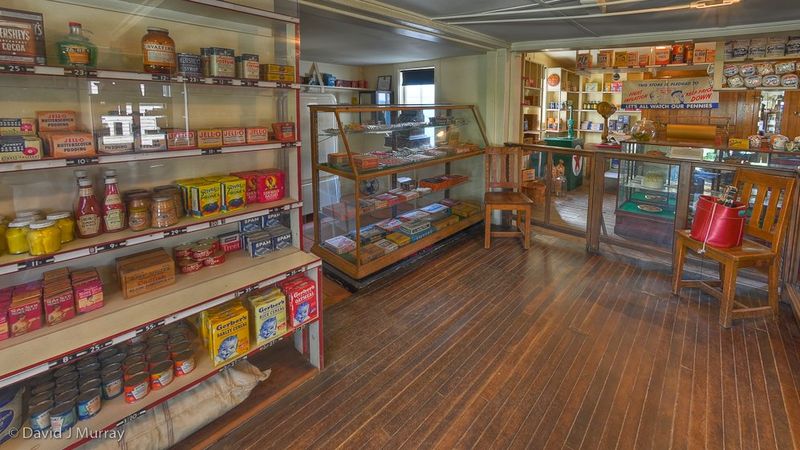
Back when Home Economics was a school requirement, grocery stores featured aisles dedicated to sewing notions, basic fabric, and simple craft supplies. My first sewing project—a disastrous attempt at making pot holders—began with a shopping trip down this forgotten aisle.
Metal racks displayed packets of buttons, safety pins, and embroidery floss in rainbow colors. You could find pattern books, measuring tapes, and those tomato-shaped pincushions all while picking up ingredients for dinner.
Most memorable were the seasonal craft kits that promised to transform ordinary households into magazine-worthy showcases. This convenient crossover between food shopping and hobby supplies has disappeared, replaced by specialized craft stores that require separate trips across town.
7. The Scratch-and-Dent Discount Bin
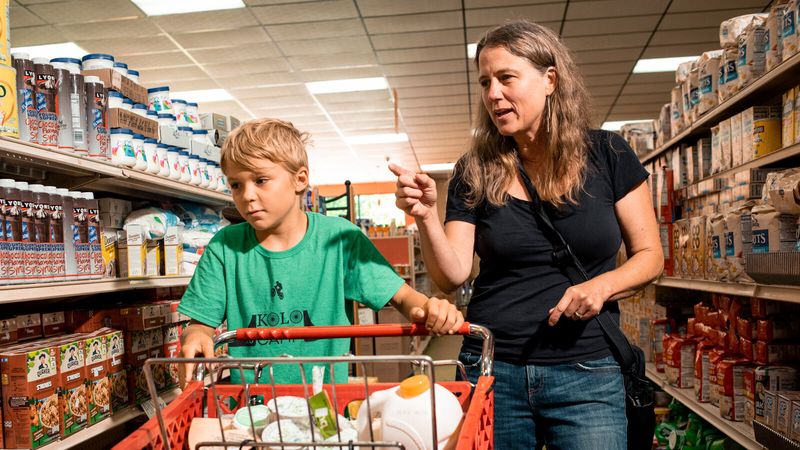
Treasure hunters rejoice! The scratch-and-dent bin was grocery shopping’s version of a garage sale. Dented cans, crushed cereal boxes, and slightly damaged goods were tossed into large metal bins and marked down to irresistible prices.
My dad considered himself the Indiana Jones of damaged goods shopping. He’d triumphantly return home with armloads of perfectly good food in slightly compromised packaging, proclaiming his victory over retail pricing.
Each visit promised different finds—sometimes nothing worthwhile, other times incredible bargains on premium items with minor cosmetic damage. Modern grocery stores have eliminated these sections in favor of standardized “clearance” shelves, but they lack the treasure-hunt excitement of digging through a genuine scratch-and-dent bin.
8. The Magazine and Book Corridor
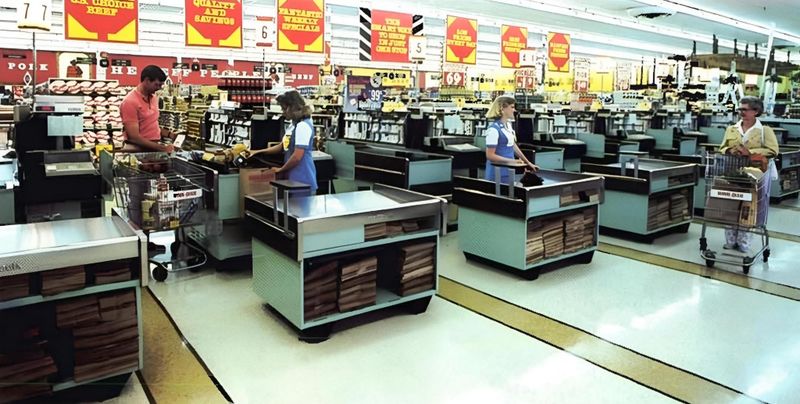
Stretching the entire length between checkout lanes, magazine racks once formed their own impressive corridor of current events and entertainment. As a kid, I’d beg to linger here while mom unloaded the shopping cart, flipping through teen magazines I wasn’t allowed to buy.
These weren’t just magazine displays—they were cultural barometers showcasing everything from TV Guide to specialized hobby publications about model trains or needlepoint. Paperback bestsellers occupied prime positions, offering impulse entertainment purchases alongside practical cooking magazines.
During major news events, you could track headlines evolving across different publications. Today’s streamlined checkout areas feature just a handful of magazines, nothing like the comprehensive newsstand experience that once made waiting in line a chance to catch up on current events.
9. The Personal Check Verification Station
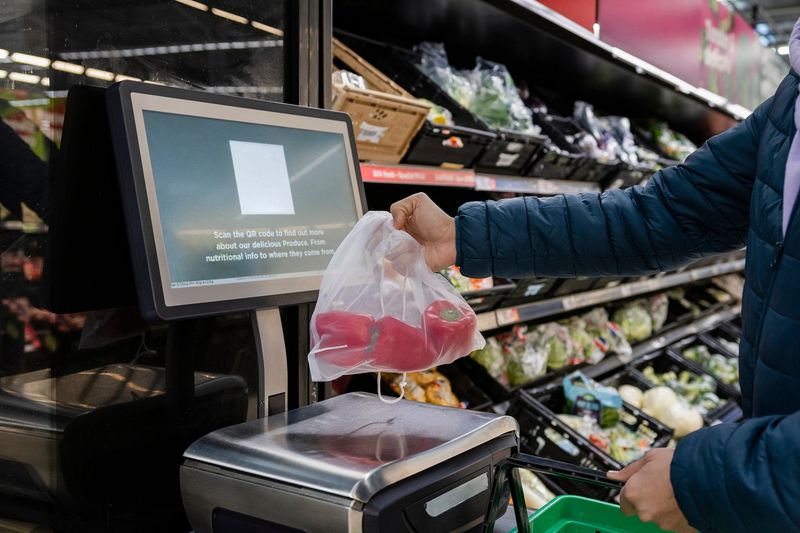
Before debit cards became ubiquitous, the personal check station stood as a monument to financial bureaucracy. I remember my mother’s purse containing an entire checkbook—complete with carbon copy pages—and the ritual of writing out payment amounts in cursive.
These dedicated stations featured those chunky verification phones, thumbprint pads for extra security, and sometimes even cameras to capture check-writers’ images. The verification process seemed to take forever while impatient shoppers fidgeted in line behind you.
Some stores had special check-cashing cards or required multiple forms of ID just to pay for groceries. While modern payment methods are undeniably more efficient, there was something official about the ceremony of writing out a check and having it formally approved before leaving with your groceries.
10. The Fabric Section
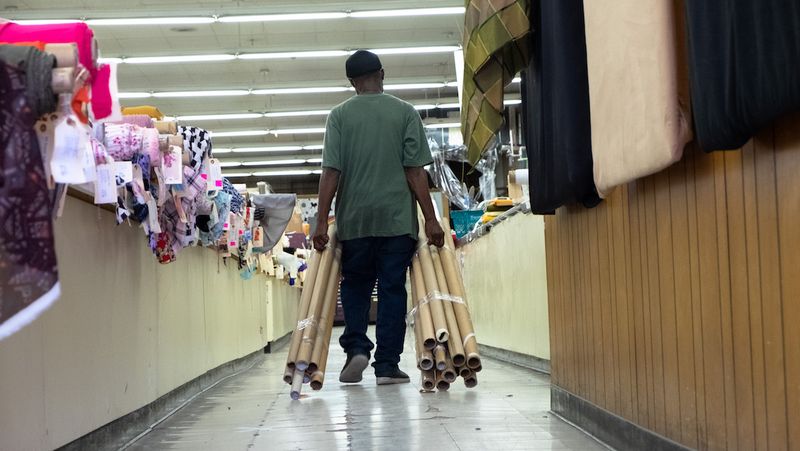
Massive wooden tables for unfurling bolts of fabric once commanded significant floor space in many grocery stores. My grandmother would drag me along as she meticulously compared patterns for her next sewing project, teaching me to recognize quality material by rubbing it between my fingers.
Large pattern books the size of phone directories sat on counters where customers could flip through options from Simplicity or McCall’s. Metal yardsticks mounted to tables allowed precise measurements before a store employee would cut your selection with enormous scissors.
The distinct smell of new fabric mingled with grocery aromas created a unique sensory experience. These sections gradually disappeared as home sewing declined, but for decades, picking up both dinner ingredients and material for a new dress in one stop was perfectly normal.
11. The Tobacco Weighing Station
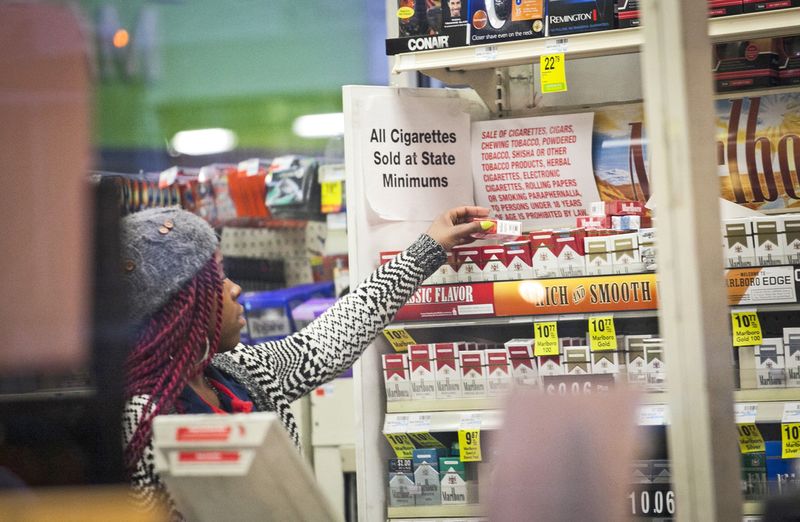
Pipe smokers and roll-your-own cigarette enthusiasts once flocked to specialized tobacco stations where loose tobacco was sold by weight. My grandfather would visit weekly, chatting with the tobacco attendant who knew his preferred blend by heart.
Glass cases displayed dozens of wooden and glass jars containing tobacco varieties in different shades of brown. The attendant would scoop precise amounts onto brass scales, then package it in special pouches or tins.
These stations often became social hubs where regulars exchanged stories while waiting for their orders. Additional accessories like rolling papers, pipes, and specialized tools hung on nearby racks. This personalized tobacco service has completely vanished from modern grocery stores, replaced by pre-packaged products behind pharmacy counters.
12. The Layaway Counter
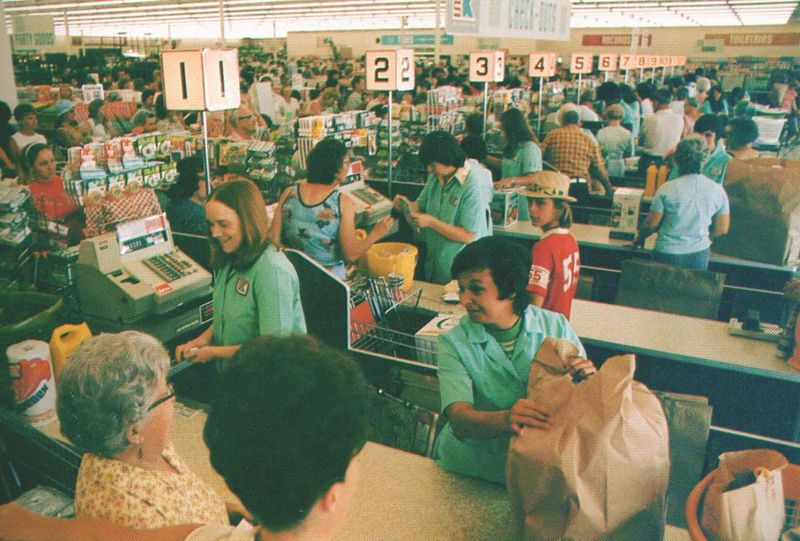
Before credit cards became commonplace, the layaway counter offered financial flexibility for big purchases. As a child, I witnessed my parents put our Christmas presents on layaway in September, making small payments until December—a mysterious process that only heightened holiday anticipation.
These counters typically occupied back corners of stores, featuring clipboards full of carbon-copy forms and shelves of labeled items awaiting final payment. The layaway process required remarkable patience by today’s standards: select your item, make a down payment, and visit regularly to chip away at the balance.
Layaway clerks kept meticulous records in massive binders, tracking payments and expected pickup dates. While a few retailers have attempted to revive layaway programs, the dedicated counters with their behind-the-scenes storage areas have largely disappeared from the modern shopping landscape.
13. The Greeting Card Corridor
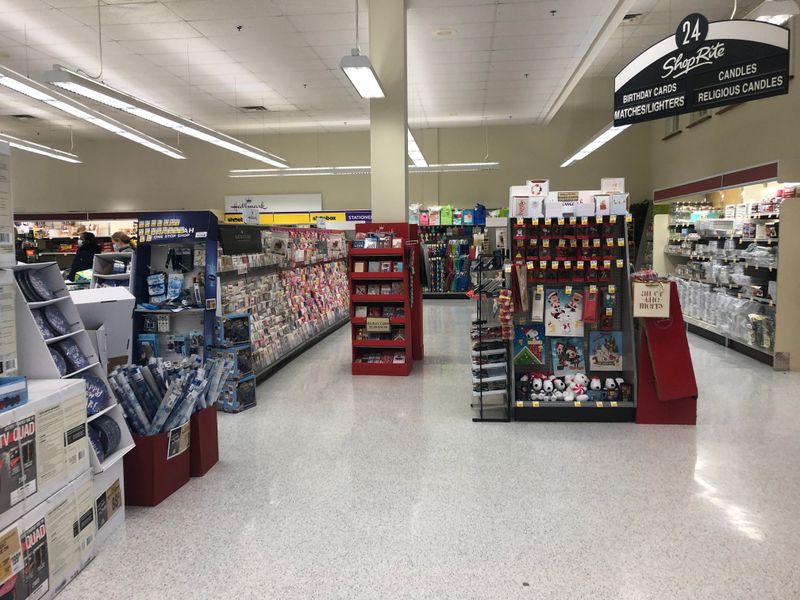
Not just a rack but an entire corridor dedicated to greeting cards once stretched through many grocery stores. Walking through this paper forest of sentiments was like navigating an emotional journey—birthday wishes on one side, sympathy cards on another, with seasonal selections commanding entire end caps.
Music cards that played tinny tunes when opened were revolutionary technology worth the premium price. I’d spend ages opening and closing them until my mom would whisper-shout to stop wearing out the batteries.
The greeting card corridor wasn’t just about cards—it featured gift wrap, ribbons, and those little gift bags that seemed expensive but were somehow necessary. Today’s condensed card sections can’t compare to these expansive galleries of sentiment that gave shoppers space to find exactly the right words.
14. The Live Lobster Tank
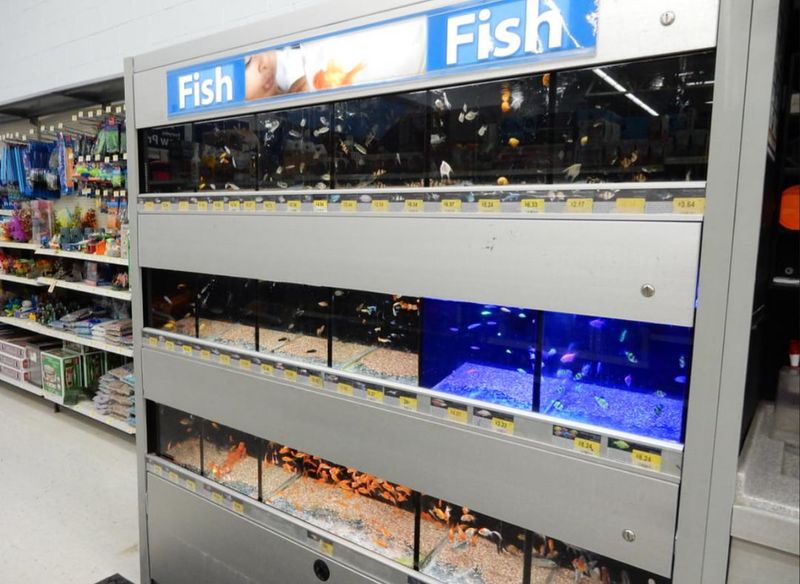
Grocery shopping became an impromptu aquarium visit when stores featured those bubbling blue tanks filled with live lobsters. As a kid, I’d press my nose against the glass, both fascinated and slightly horrified by these creatures destined for dinner plates.
Store employees would demonstrate impressive skill fishing out specific lobsters with long metal tongs while avoiding those powerful claws. Some fancy establishments even had multiple tanks for different sizes or varieties, with handwritten signs displaying price per pound.
The tanks required constant maintenance to keep water temperatures perfect and bubbles flowing. While some specialty markets still feature live seafood, the ubiquitous grocery store lobster tank—with its peculiar briny smell and the soft tapping of claws against glass—has largely disappeared, replaced by tidier frozen seafood cases.
15. The Soda Bottle Return Center
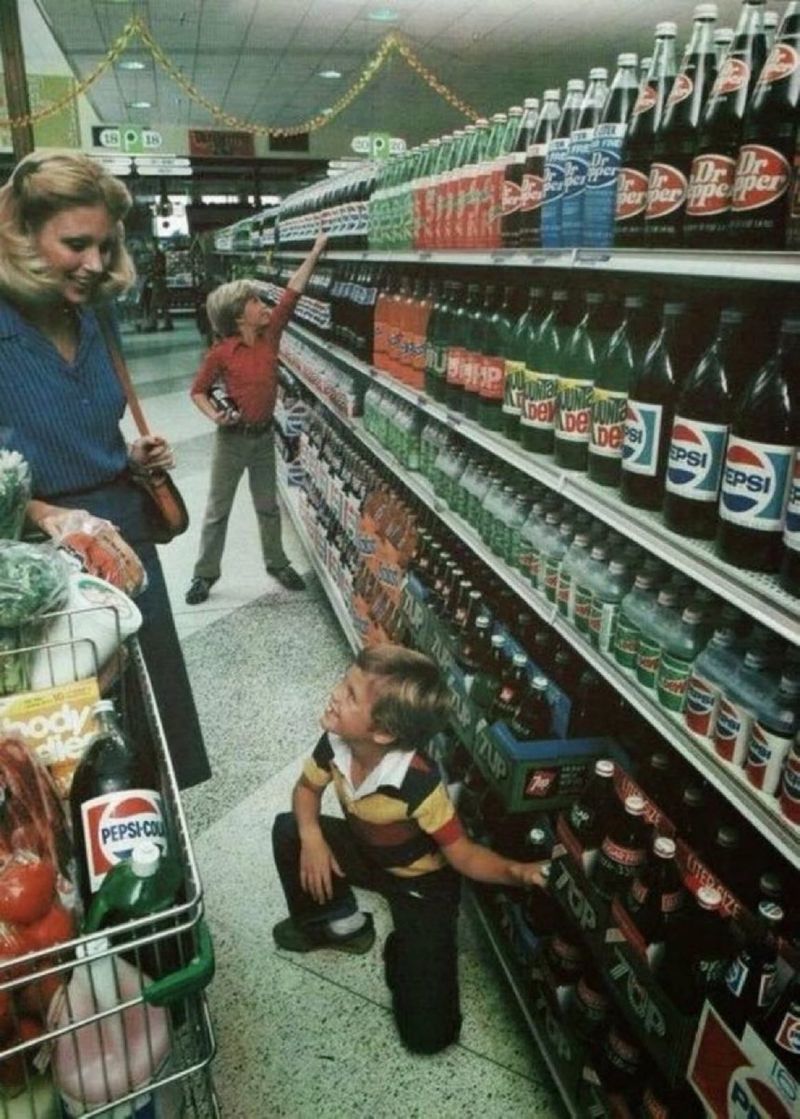
Clinking bags of empty glass soda bottles meant one thing: pocket money was coming! The bottle return center—often a sticky-floored alcove near the entrance—was my first lesson in recycling economics.
Automated machines didn’t exist yet; instead, a patient employee would count your empties by hand, inspecting each for cracks before issuing paper vouchers. Different bottles had different deposit values, creating a complex economy where savvy kids could maximize returns.
The unmistakable smell of dried soda and slight vinegar permeated this area, while stacks of wooden crates waited to be filled with sorted empties. Modern stores have streamlined the process with machines that instantly count containers, but they’ve lost the human interaction and satisfaction of watching your bottle count translate into cold, hard cash.
16. The Appliance Showroom
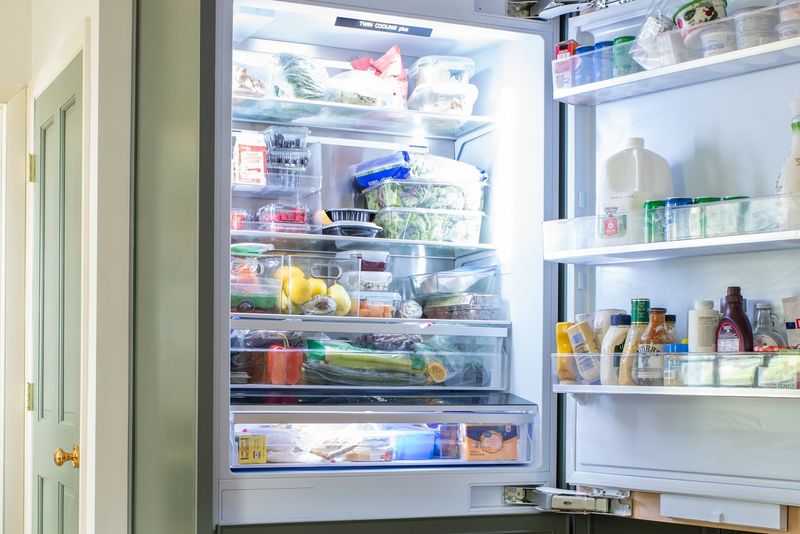
Believe it or not, many grocery stores once featured mini appliance showrooms where you could purchase a new refrigerator while picking up milk for your current one. My parents bought our first microwave—a massive countertop model—during a routine grocery trip in 1982.
These showrooms displayed functioning models of toasters, blenders, and even large appliances like washing machines. Commissioned salespeople hovered nearby, ready to explain financing options for that shiny avocado-green refrigerator-freezer combo.
Special “store model” appliances often featured reduced prices, creating tempting impulse buys during regular shopping trips. This one-stop shopping approach has largely disappeared as specialized big-box stores and online retailers have taken over the appliance market, removing the surreal experience of grocery shopping with a new vacuum cleaner in your cart.
17. The Record and Cassette Department
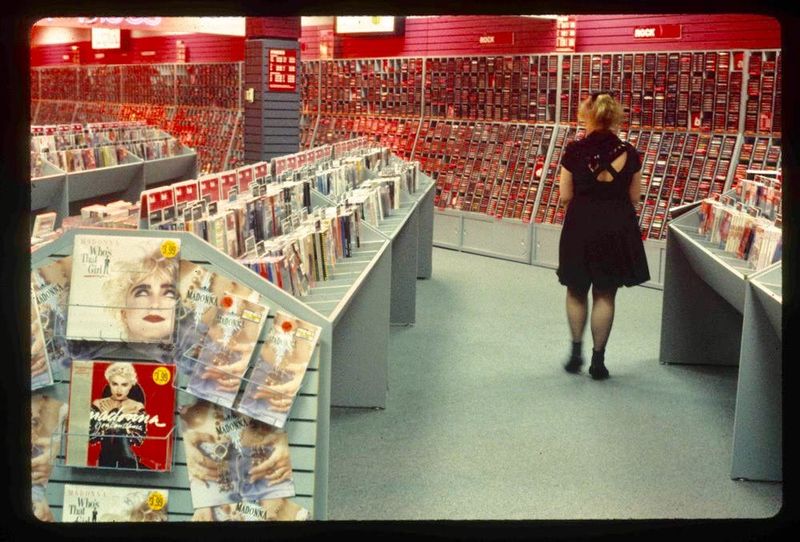
Music shopping while grocery shopping was once perfectly normal! Those spinning racks of vinyl records and later, cassette tapes, offered the week’s top hits alongside bread and produce. My allowance money frequently disappeared here instead of the candy aisle.
These departments featured headphone listening stations where you could sample albums before buying—revolutionary technology at the time. Billboard chart positions were prominently displayed, helping shoppers identify the most popular selections.
During holiday seasons, these sections expanded dramatically, offering specially packaged gift sets and compilation albums. The physical music section gradually shrank from an entire department to a small rack, then disappeared entirely as digital downloads replaced physical media. But for decades, discovering new music while pushing a shopping cart was a cultural touchstone.
18. The Typewriter Ribbon and Carbon Paper Aisle
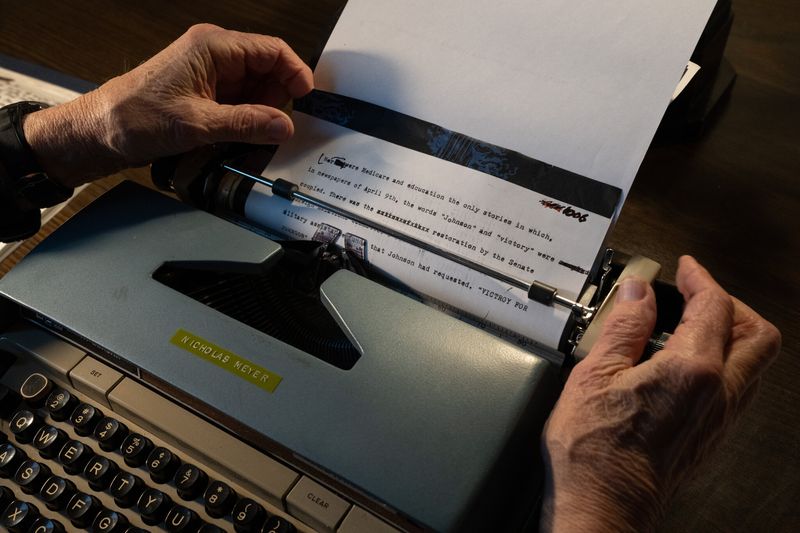
Office supplies in grocery stores once went far beyond pens and notebooks to include specialized typewriter accessories. My first typing class assignment sent me searching through these aisles for replacement ribbons for our family’s Smith Corona.
Narrow shelves displayed mysterious items modern shoppers wouldn’t recognize: correction tape, carbon paper packets in different colors, and typewriter ribbons in specialized spools for different machine brands. Finding the right ribbon required consulting tiny compatibility charts printed on product packaging.
This aisle also stocked stenographer’s notebooks, special erasers that wouldn’t damage delicate papers, and those plastic templates for drawing perfect circles and squares. As typewriters faded into obsolescence, these products quietly disappeared from shelves, replaced by computer accessories that themselves are now increasingly unnecessary.
19. The Home Haircut Section
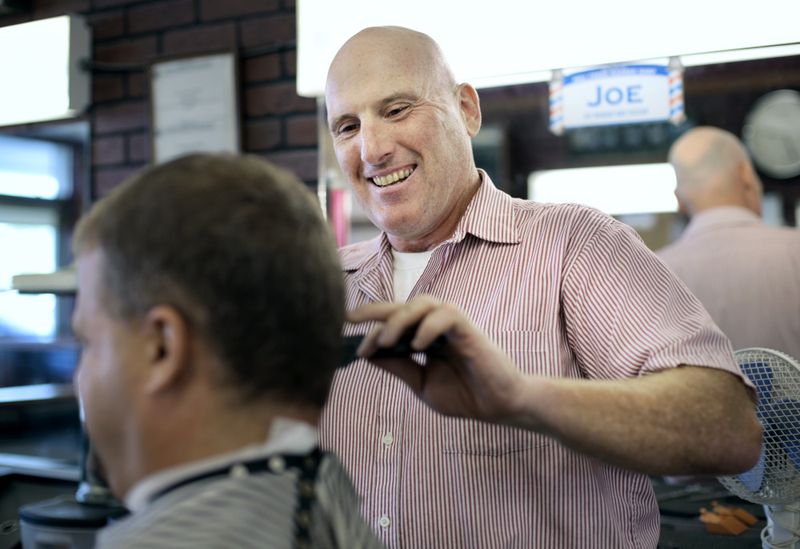
Long before YouTube tutorials, brave souls attempted home haircuts using supplies from dedicated grocery store sections. My mother once purchased a “professional” hair-cutting kit here, resulting in my unfortunate bowl cut that dominated third-grade photos.
These sections stocked manual hair clippers, specialized scissors, and those plastic guide combs in various lengths. Illustrated instruction booklets promised salon-quality results with minimal practice—a claim generations of children with lopsided bangs would dispute.
The most memorable products were those vacuum attachments claiming to create perfect haircuts by literally sucking hair into cutting mechanisms. While basic hair accessories remain in stores today, the comprehensive home barbershop supplies have largely vanished, perhaps for the better of family relationships and school picture days everywhere.
20. The Encyclopaedia Sales Kiosk

Knowledge came in installments at the encyclopaedia kiosk, where families could purchase one volume per week until they owned the complete set. My parents faithfully collected each volume, creating the centerpiece of our pre-internet home research center.
These staffed kiosks featured impressive displays of leather-bound books with gold lettering, alongside signup sheets for payment plans. Salespeople delivered persuasive pitches about educational advantages your children would receive from having reference books at home.
Special display volumes lay open to showcase colorful illustrations and fold-out diagrams of dinosaurs or human anatomy. Companion products like yearbooks and science dictionaries tempted additional purchases.
21. The Photo Backdrop Portrait Studio
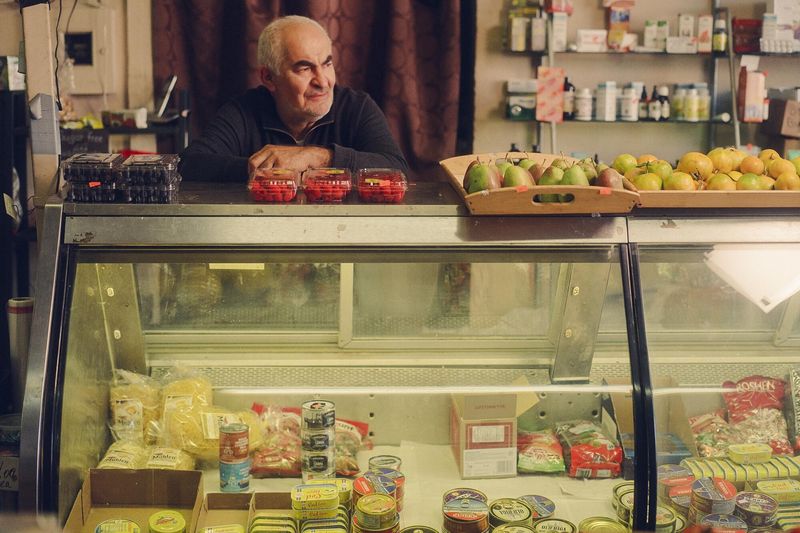
Remember those awkward family portraits taken against blue cloudy backdrops or fake autumn scenes? Many grocery stores once housed mini portrait studios where families could immortalize their matching outfits without a special trip to the mall.
These compact studios occupied repurposed storage rooms with just enough space for a camera, lights, and those infamous backdrop screens. Weekend appointments filled quickly, especially before holidays, when waiting families would crowd nearby aisles.
The photographer had an impressive talent for coaxing smiles from cranky toddlers and arranging family members by height. Two weeks later, you’d return to pick up glossy photo packages and inevitably purchase additional wallet-sized prints.
22. The TV and Radio Repair Counter
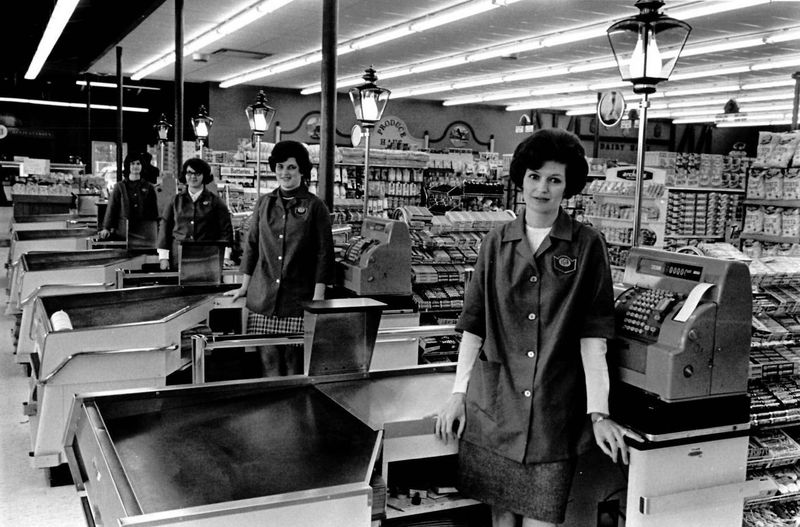
When electronics broke down, the repair counter saved families from silence and blank screens. My father would lug our massive console television to the grocery store repair counter, where technicians in white coats would diagnose its ailments.
Glass display cases showcased vacuum tubes, specialized fuses, and other mysterious components. The repair counter operated on a ticket system, with handwritten claim checks and promised turnaround times that were rarely met.
Technicians would perform simple tests on the spot, opening electronic cases to inspect internal components while customers watched in fascination. This repair-first culture stands in stark contrast to today’s replacement-oriented approach. As electronics became more complex and less repairable, these counters gradually disappeared, eliminating the grocery store’s role in extending the life of household electronics.
23. The S&H Green Stamp Redemption Center
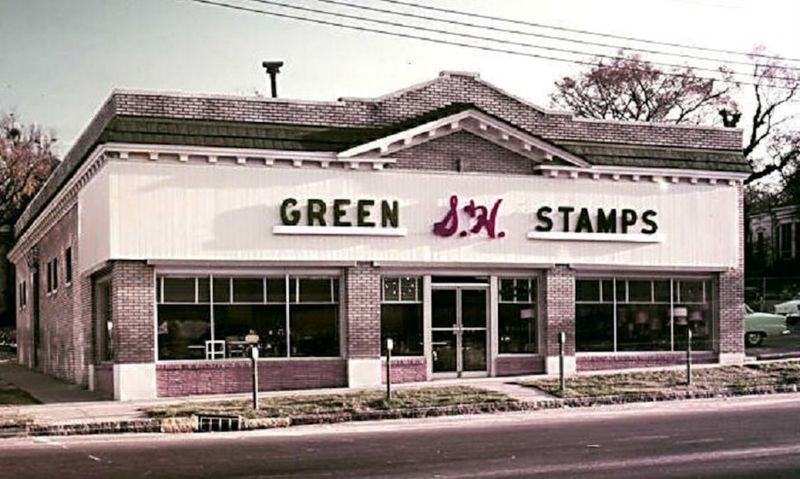
Shopping satisfaction doubled when cashiers handed out those little green stamps—a currency system all their own. My grandmother’s kitchen drawer overflowed with S&H Green Stamp books we’d help fill, licking hundreds of stamps until our tongues turned green.
Redemption centers occupied prime store locations, displaying tantalizing merchandise available exclusively through stamp collection. Glass cases contained everything from toasters to bicycles, each labeled with the required number of completed stamp books.
The redemption process involved handing precious completed books to center employees who would verify your count before releasing your chosen treasure. This elaborate loyalty program created shopping habits spanning generations before fading away. Modern point systems can’t replicate the tactile satisfaction of filling those books or the anticipation of finally redeeming them for something special.
